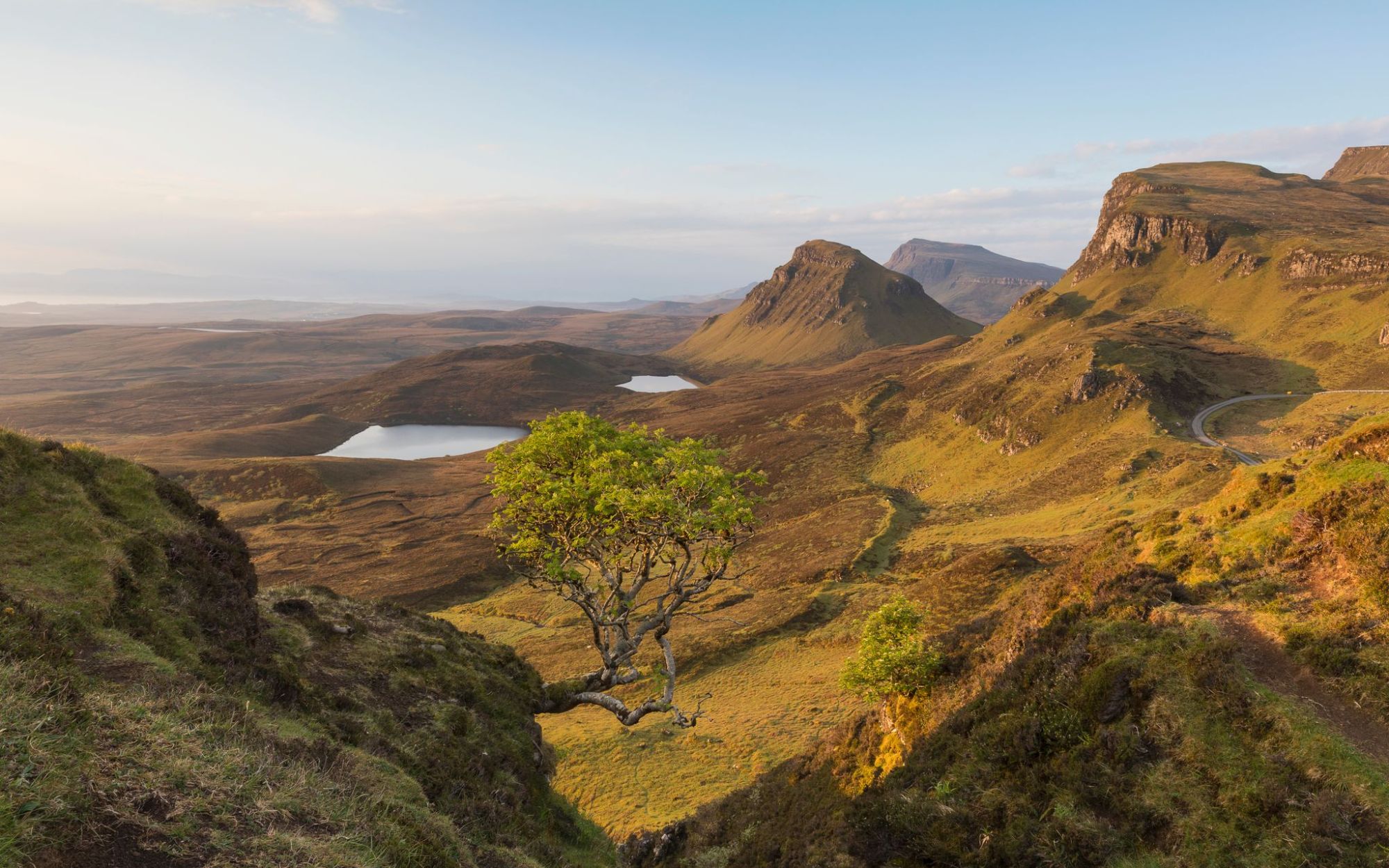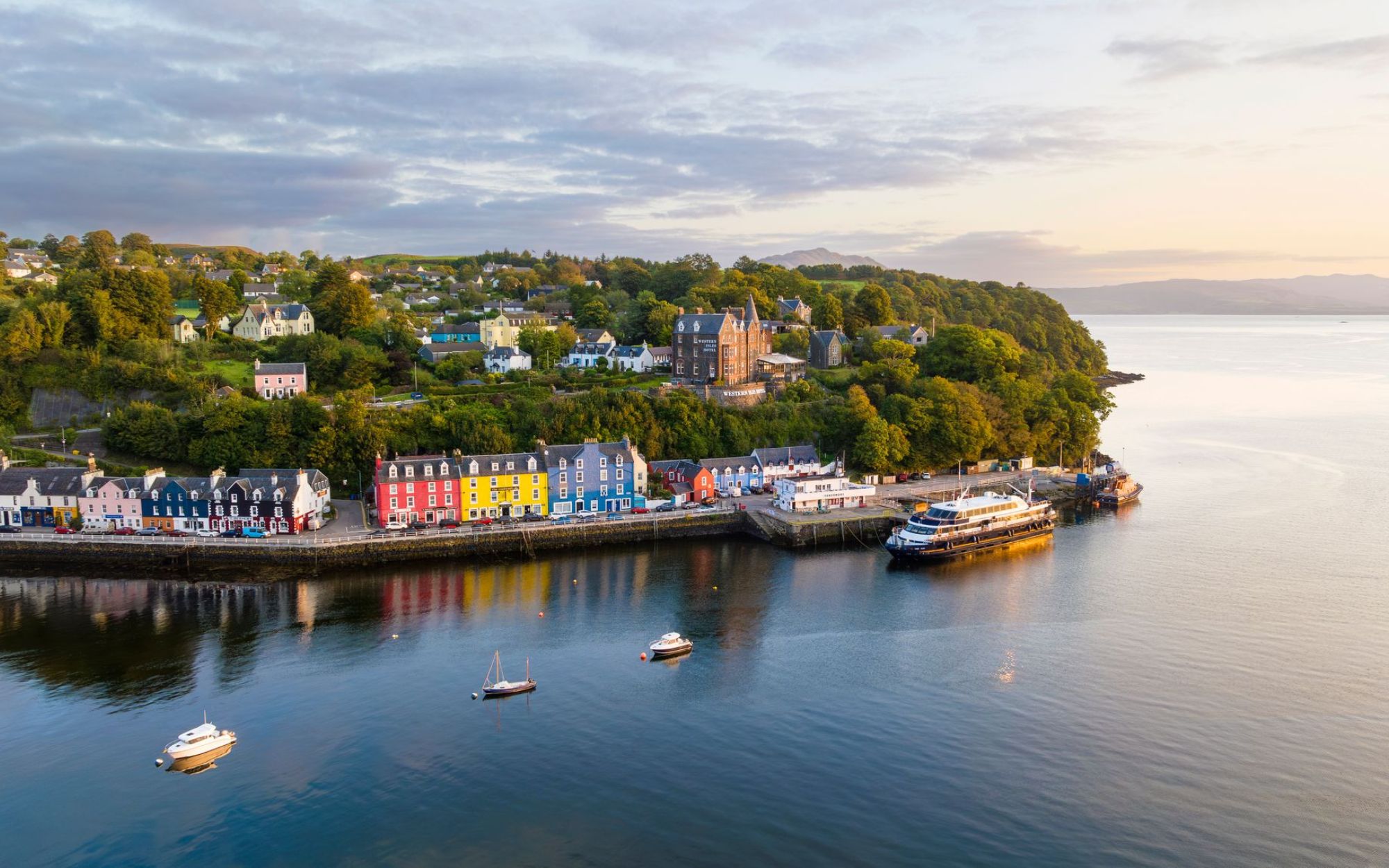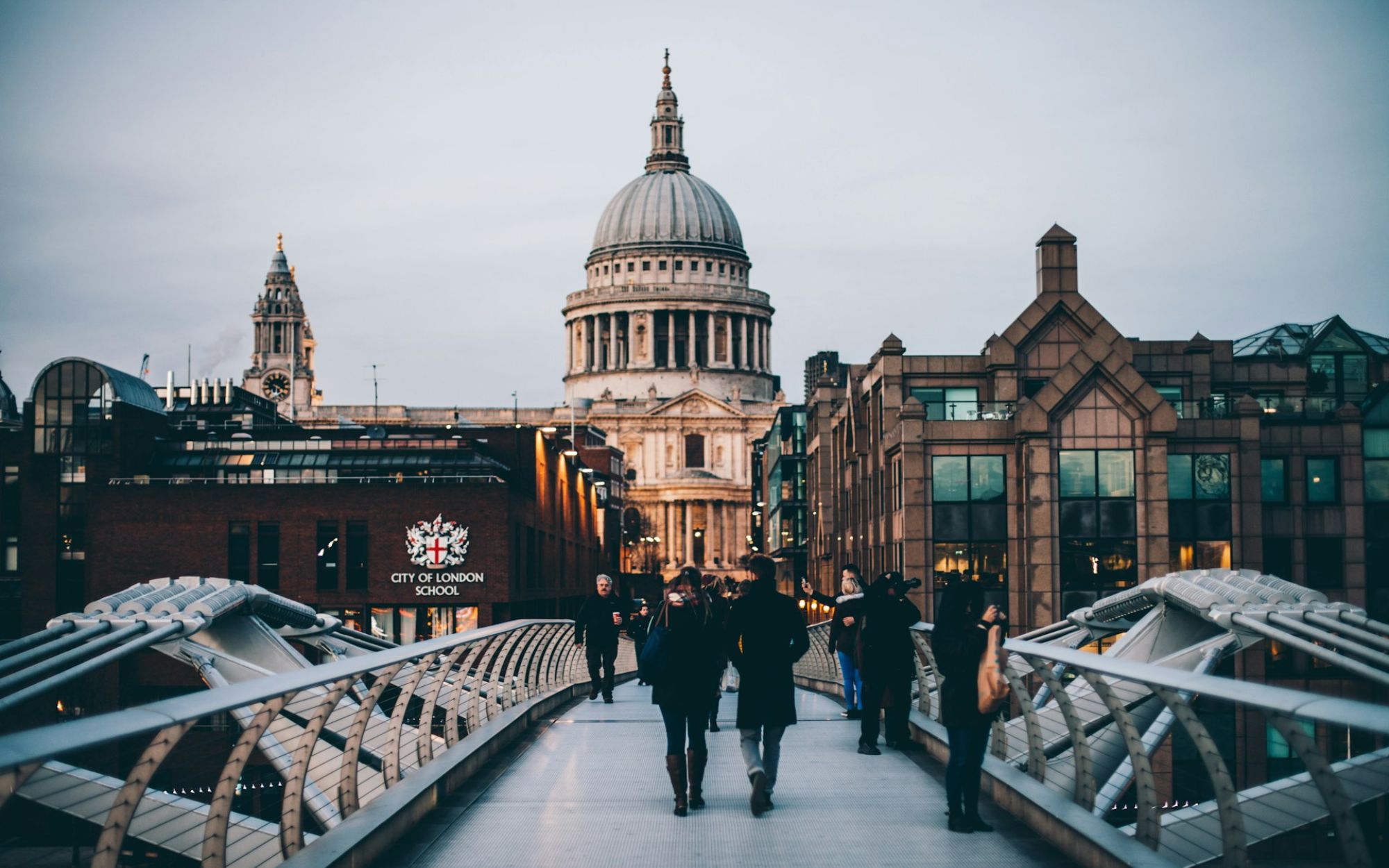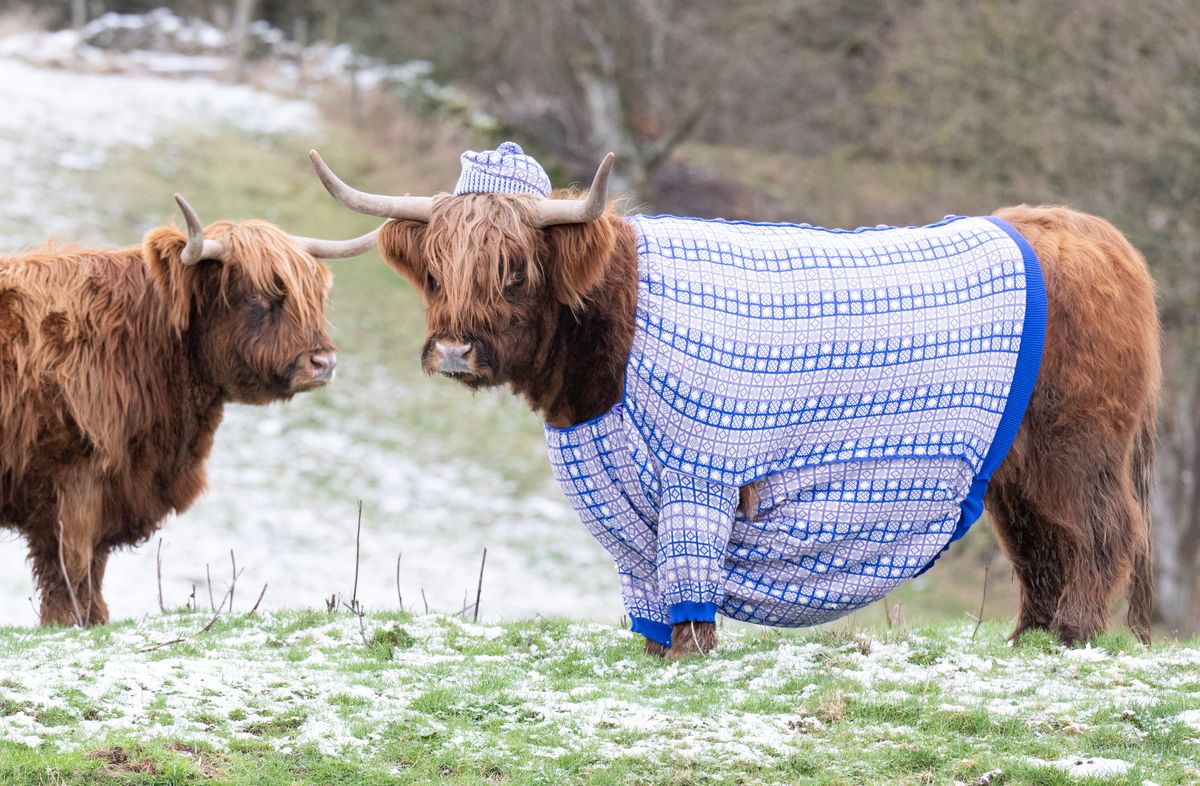
Travelling to Scotland: history and culture, why visit?
Scottish history and culture are as rugged and enchanting as its landscapes of heather and mysterious lochs. Planning a trip to Scotland leads to a fascinating exploration, where every stone and tradition tells an age-old story. We’ll embark on a virtual journey through Scotch whisky, discovering how it’s made, the ingredients that go into it, the stages of distillation and the regions that celebrate this iconic drink.
History and culture: why should you visit Scotland?
Our itinerary through Scottish history and culture continues as we contemplate Scottish architecture, a reflection of a tumultuous past marked by invasions and innovations. Gigantic castles, majestic cathedrals and prehistoric monuments all reveal the eras that have shaped this nation. Sailing through the centuries, we’ll see how Scottish culture has survived and transformed, from warrior clans to manifestations of a unique contemporary identity.
Our exploration will take us into a world where the kilt and myths are more than symbols; they are the essence of a living national pride. Get ready to discover the legends that haunt the Scottish valleys, giving them a supernatural atmosphere that attracts travellers in search of mystery. For those curious and in love with Scotland who want to go beyond folklore, a trip to Scotland: the complete guide awaits you to satisfy your thirst for adventure and knowledge.
Our great Scottish trips...
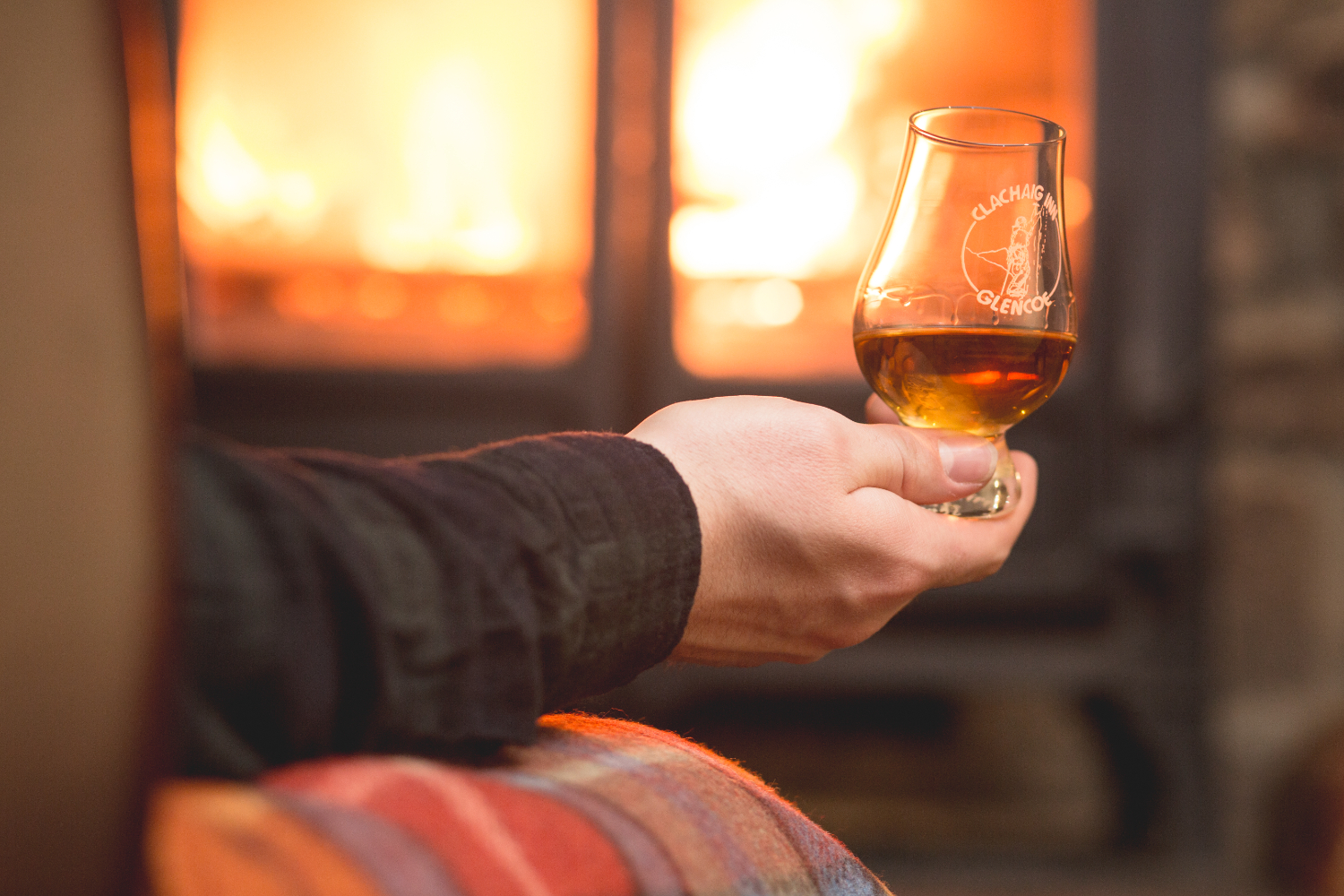
Scotch whisky: how is it made?
The ingredients of Scotch whisky
Scotch whisky is a world-renowned alcoholic beverage made from simple but carefully selected ingredients. Pure, crystal-clear water from Scotland’s streams, malted barley with its rich aromas, and the peat used to dry the malt are the mainstays of Scotch whisky: how it’s made that give this beverage its unique identity. The quality of these natural elements is essential to producing a spirit that respects tradition and satisfies the most demanding palates.
The stages of distillation
In the complex alchemy of whisky creation, each phase is crucial. After the barley has been malted and crushed, it undergoes fermentation, during which the sugar is transformed into alcohol by the action of yeast. Then comes the actual distillation, generally carried out twice in copper stills whose shapes subtly influence the aromatic profile of the liquid. Finally, the whisky is matured in oak casks, where it acquires its amber colour and woody notes – a long process that can take several years.
The production regions and their specific characteristics
Scotland is divided into several whisky-producing regions, each offering a distinctive character to its spirits. The Highlands offer a wide range of whiskies, from robust, smoky whiskies to sweeter, fruitier ones. Islay is famous for its intensely peated whiskies, while Speyside is home to some of the finest and most complex single malts in the world. Precise knowledge of regional characteristics not only allows you to appreciate the diversity of Scotch whisky, but also to understand its rich history and culture.
Scottish architecture: how does it reflect the country’s history and culture?
The influence of climate and geography on architecture
The architectural face of Scotland is a veritable fresco shaped by the elements. The robustness of Scottish buildings, with their thick walls and steeply pitched roofs, bears witness to a perpetual battle against the onslaught of the weather. The dark, resistant stones, quarried from the bowels of the local earth, form the skeleton of buildings designed to last. These buildings reflect a land of contrasts, where unflappable mountains rub shoulders with fertile valleys, directly influencing the layout of towns and cities around protective lochs and nourishing plains.
Key time periods in the evolution of Scottish architecture
Over the centuries, Scottish architecture has been a silent witness to historical upheaval. From the Norman style introduced by David I to the Gothic influences that followed, each period has left its mark in stone. The tumultuous era of the Wars of Independence saw the birth of impregnable fortresses such as Edinburgh Castle and Stirling Castle. Later, the Victorian era brought its share of grandiose buildings like Edinburgh’s Royal Mile, while the baronial style reinvented the nobility of the traditional castle with unprecedented luxury.
Modern architecture and heritage conservation
Today, Scotland continues to skilfully blend architectural tradition with modern innovation. Contemporary masterpieces such as the Scottish Parliament Building blend respectfully into the rich historical fabric. At the same time, a considerable effort is made to preserve the ancient gems that dot Scotland’s urban and rural landscape. This conservative zeal is not just a tribute to the past; it also helps to keep alive a cultural identity that is deeply rooted in its built foundations.
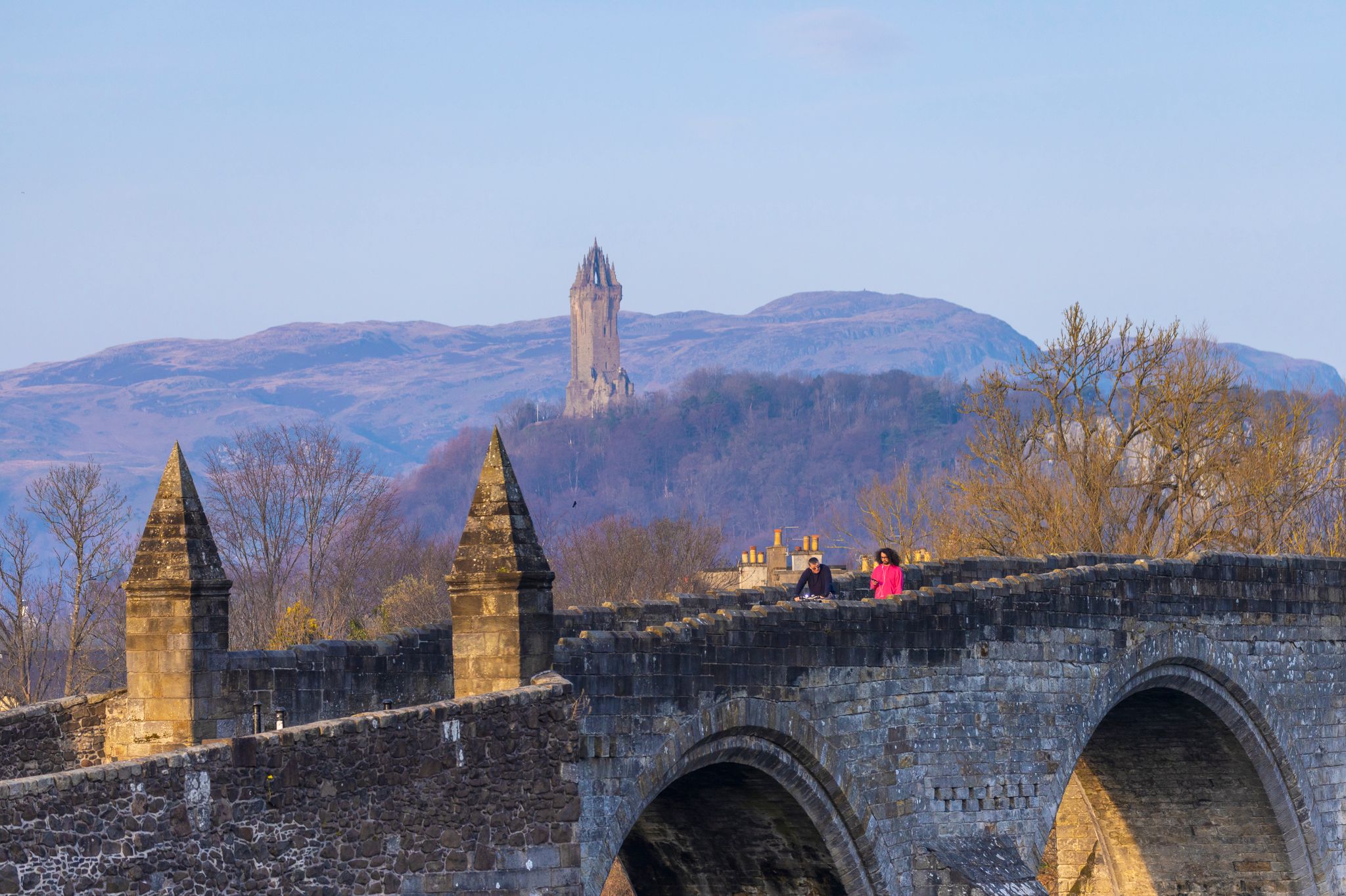
How has Scottish culture evolved over the centuries?
From clans to reforms: social and cultural changes
In the mists of time, Scottish society was organised around powerful clans, the true pillars of a community structure in which blood ties and loyalty were sacred. These extended families ruled local life, imposing their laws and protecting their members with fierce determination. But history is a raging river, and the clans of Scotland did not escape the currents of change that swept through their ancestral land. The land reforms of the 18th and 19th centuries, known as the Highland Clearances, overturned the established social order by forcibly relocating entire populations to make way for more profitable sheep farming.
The impact of the Reformation and the Union with England
The Protestant Reformation of the 16th century also shook Scotland’s religious and cultural foundations. Under the influence of figures such as John Knox, Scotland embraced an austere Protestantism that reshaped not only its spiritual landscape but also its architecture, with churches stripped of all superfluous ornament. The 1707 Act of Union between Scotland and England marked another decisive step, bringing about a political merger that had profound repercussions on the country’s economic and legal structures.
Cultural renewal and contemporary Scottish identity
On the threshold of the 21st century, a new wind is blowing through Scottish culture. While the memory of the clans remains vivid in people’s memories and hearts, it is now through a modern prism that this age-old identity is celebrated. Contemporary Scottish literature is booming, with authors such as Irvine Welsh and Alexander McCall Smith exploring the complexities of the human condition against a Scottish backdrop. Scottish culture, which has evolved over the centuries, blends with modern genres to create a unique soundtrack to this cultural revival. And of course, the Scottish Parliament, re-established in 1999, plays a key role in this affirmation of a distinct national identity within the United Kingdom.
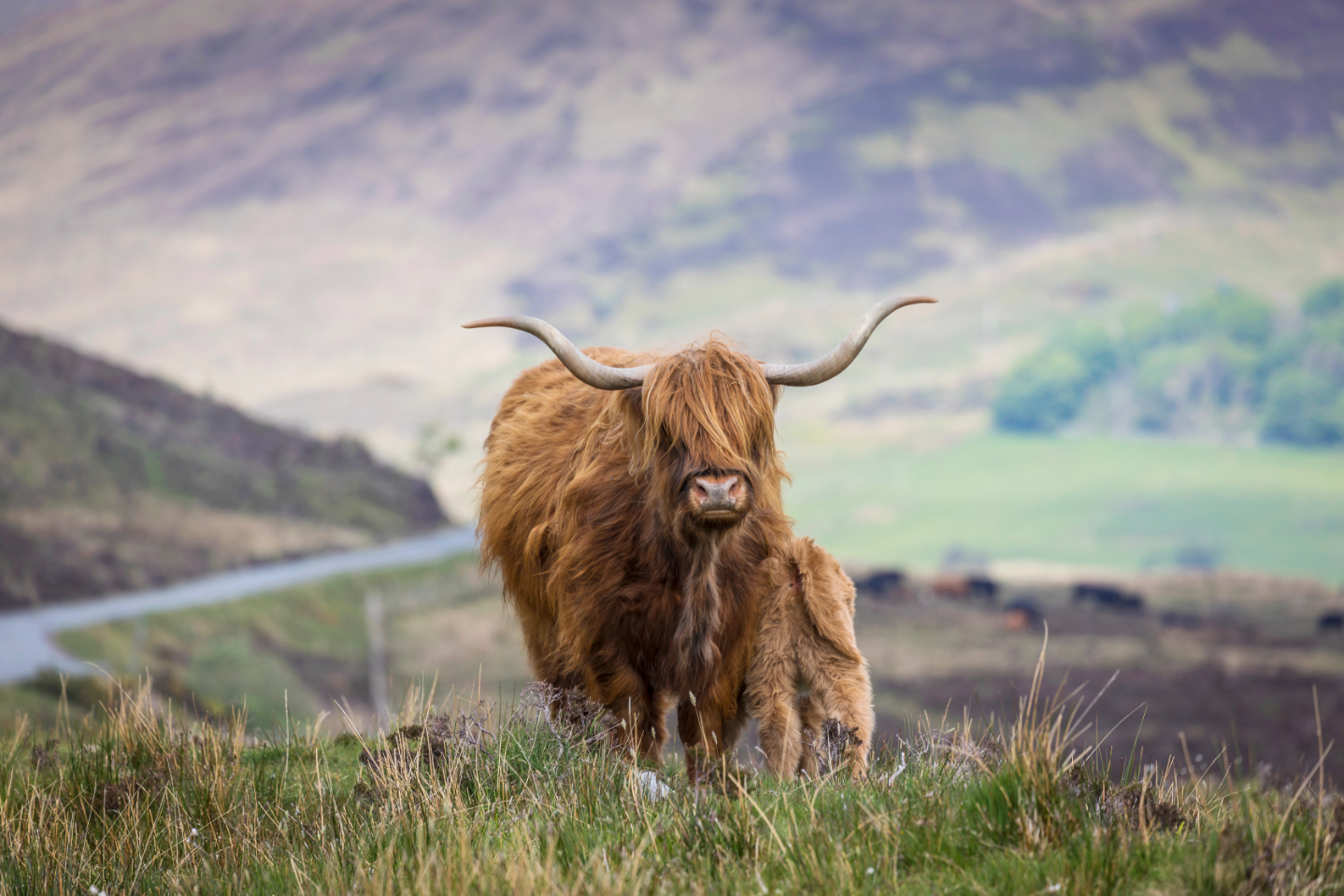
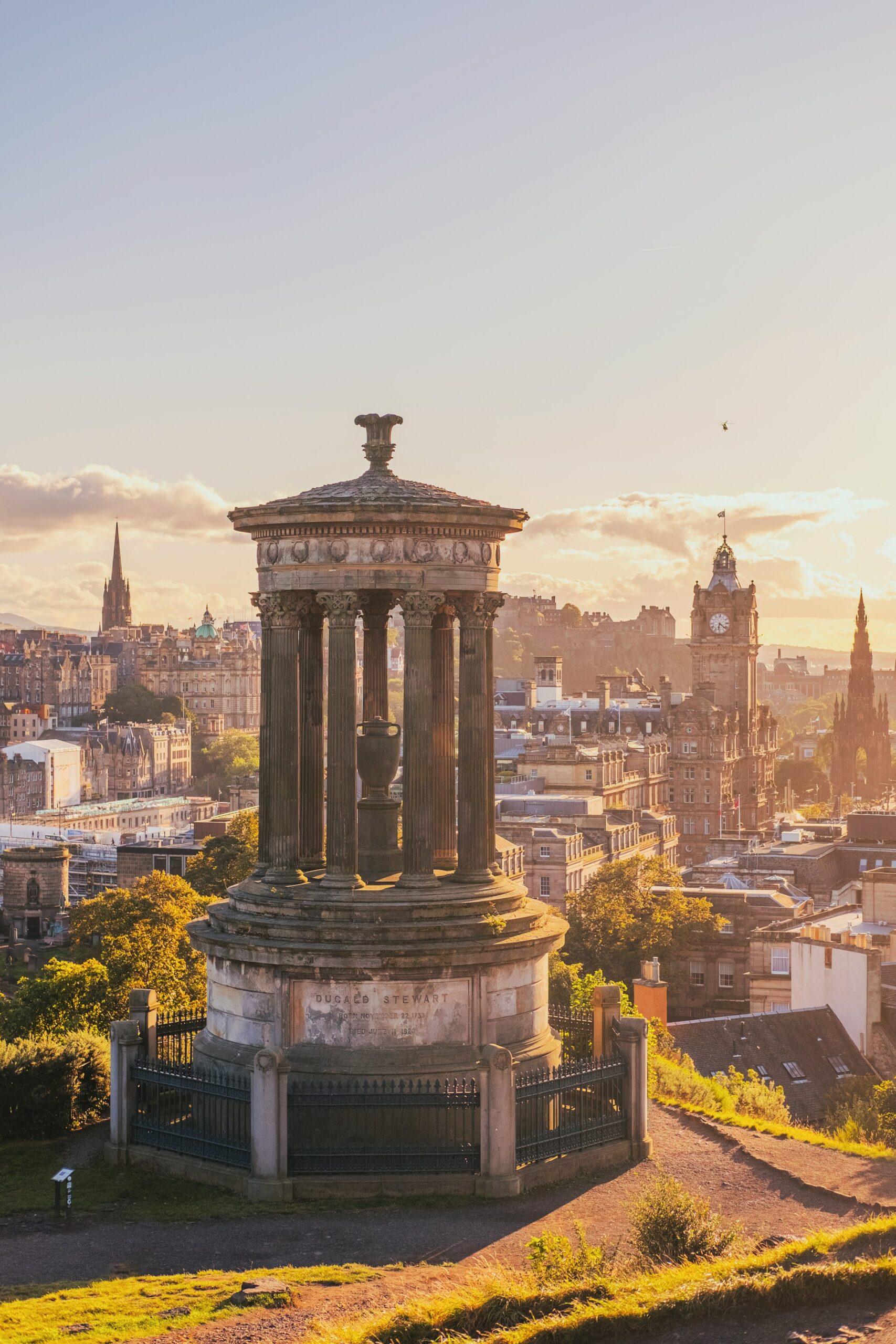
Historic monuments in Scotland: what are the must-sees?
Castles and fortresses bearing witness to a turbulent history
Scotland’s castles and fortresses are stone bastions that tell the epic stories of a nation forged in the heat of battle and ancient quarrels over sovereignty. Among them, Edinburgh Castle, a majestic stronghold overlooking the capital, offers breathtaking views over the city and a journey through the ages with its rooms filled with royal stories. Not far away, Stirling Castle, another masterpiece of Scottish heritage, stands proud on its volcanic rock, evoking the strategic victories of figures such as William Wallace and Robert the Bruce.
Cathedrals and abbeys: the splendour of Scotland’s religious heritage
Scotland’s religious heritage is not to be outdone, with its Gothic cathedrals and Cistercian abbeys seemingly defying time. Glasgow Cathedral, with its celestial vaults, is an architectural jewel that has withstood the tumult of the Reformers. Melrose Abbey, meanwhile, lies in the Tweed Valley, offering visitors a melancholy but magnificent sight with its ornate ruins carved in soft stone.
Archaeological and prehistoric sites
If you want to get a real feel for the dawn of Scottish history, there’s nothing like a trip to Scotland’s historic monuments: the must-sees. The mysterious stone circle at Callanish, on the Isle of Lewis in the Outer Hebrides, stands like an astronomical calendar fashioned by ancestral hands. Further south, the well-preserved Neolithic site of Skara Brae, buried under centuries of sand before being rediscovered, offers a fascinating window into the daily lives of people in the distant past.
The kilt tradition in Scotland: where does it come from?
The history of the kilt: from its origins to clan symbols
The kilt, the pleated woollen fabric so characteristic of Scotland, has not always been the emblem of dress we know today. Its history dates back to the 16th century, when it was worn in a primitive form known as the ‘belted plaid’. At that time, this versatile garment was used as both a night cover and a day coat, perfectly suited to the rigours of the Scottish climate. It wasn’t until the 18th century that the kilt as we know it appeared, with its tartan patterns specific to each clan, according to the tradition of the kilt in Scotland: its origin.
The kilt in popular culture and modern ceremonies
Today, the kilt transcends clan boundaries and is proudly displayed at festive events such as weddings and national celebrations like Burns Night. It has made its way into popular culture around the world, becoming a recognised symbol of belonging to Scotland’s rich cultural tapestry. This traditional garment is now worn with pride by Scots of all generations on solemn and festive occasions, marking their unshakeable attachment to ancestral customs and traditions.
Codes and rules for wearing the kilt
Wearing a kilt is not a trivial matter; there is a whole set of etiquette to be observed in honour of this garment steeped in history. Accessories such as the sporran (fur or leather satchel), the sgian-dubh (small traditional knife) and even knee-high socks complete the outfit. The tartan patterns themselves follow precise lineages and can denote not only clan membership, but also social status or a particular region. So far from being just a folk garment for tourists, the kilt remains deeply rooted in contemporary Scottish identity.
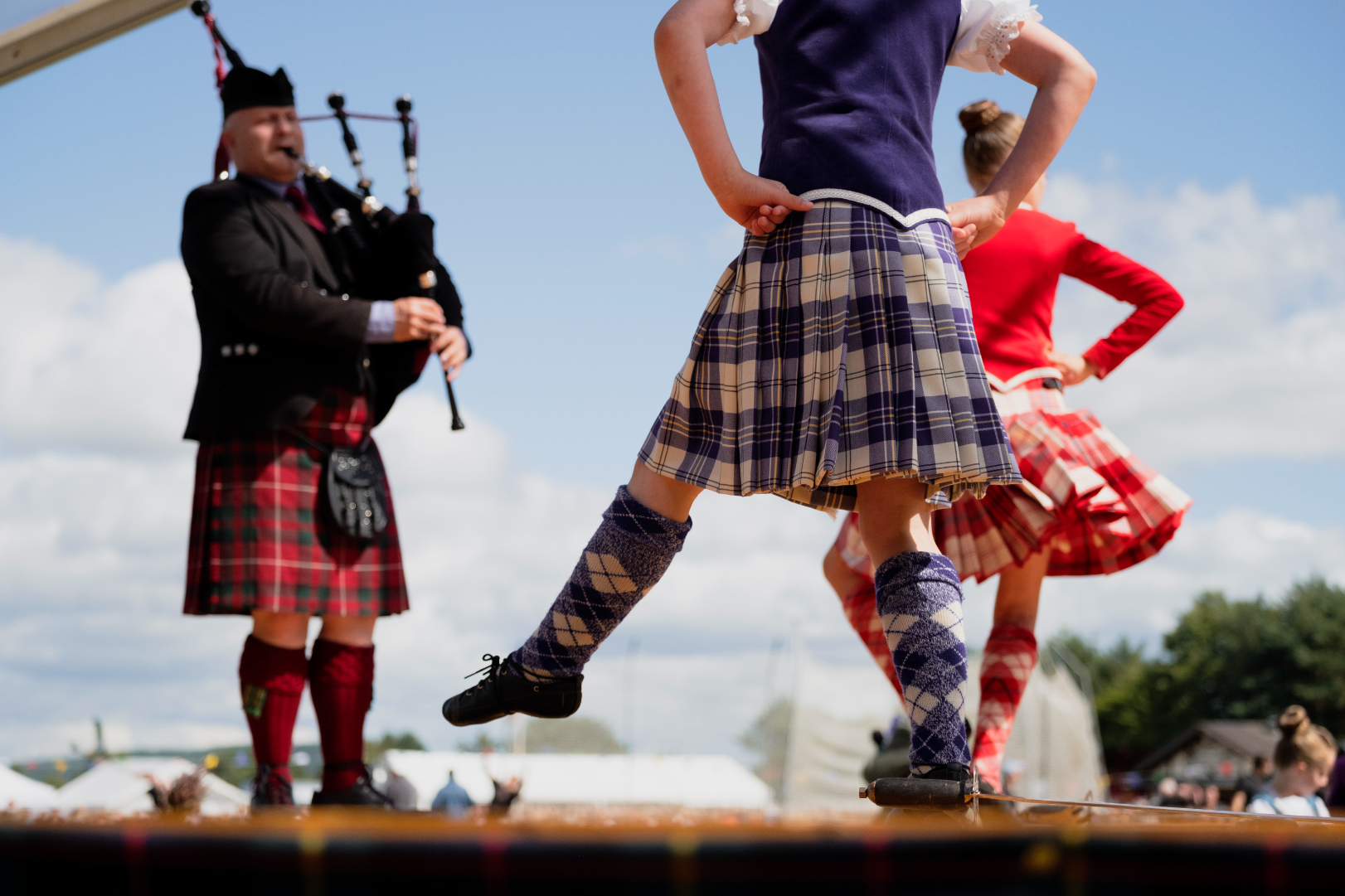
Why is Scotland synonymous with myths and legends?
Scottish folklore: fantastic creatures and supernatural stories
Scotland, a land of mist and mystery, is a sanctuary for tales that flirt with the extraordinary. Scottish folklore is full of fantastic creatures, from mischievous fairies to seductive kelpies haunting the waterways. Every glen seems to whisper ancient tales where the supernatural mingles with everyday life. These tales, handed down through the ages by oral tradition, continue to enchant the collective imagination and Scotland is synonymous with myths and legends, contributing to the magic inherent in the Scottish landscape.
The influence of legends on Scottish cultural identity
Legends are not just entertainment; they also shape the soul of a nation. In Scotland, they reinforce a sense of belonging and a palpable national pride. Loch Ness and its elusive monster, Nessie, are perfect examples of this integration of myth into cultural identity. This mythological heritage feeds not only tourism, but also Scottish literature, music and the visual arts, testifying to their profound imprint on the character of the people.
Legendary sites and their appeal to tourists
Scotland’s legendary heritage makes a major contribution to its appeal as a tourist destination. Places such as the mysterious stone circle at Callanish and the haunted ruins of Glamis Castle invite you to take a journey back in time, where each stone seems to tell a story. These sites offer visitors an immersive experience of a past where the boundary between reality and fiction becomes permeable, allowing everyone to write their own page in the great book of Scottish myths.

